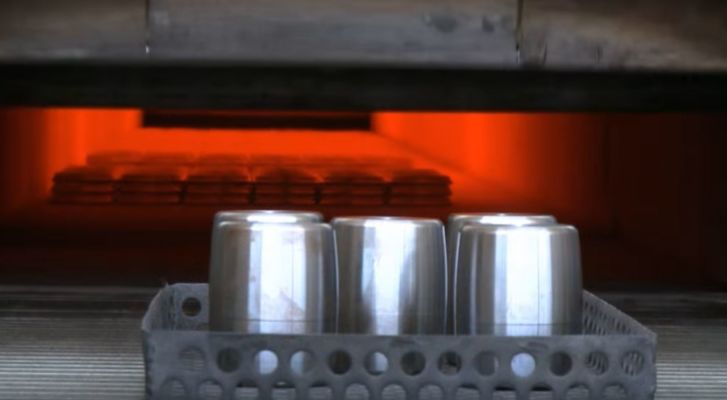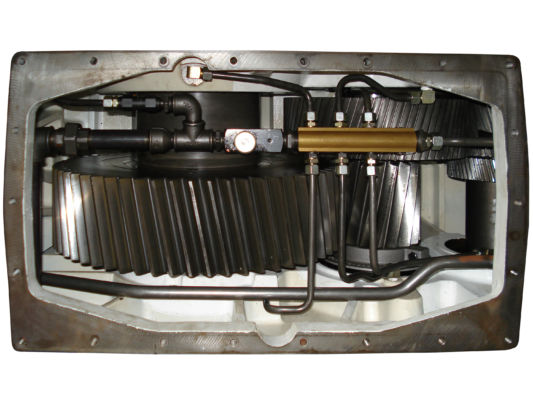The Earth has a finite amount of natural resources, and there is an urgent need to conserve them. However, the current ‘linear economy’ is based around extracting resources, using them, and often disposing of the remaining materials. And even as companies try to recycle more or incinerate waste for energy, they are still reliant on fossil fuels, which ultimately undermines their efforts. Circular economy is the megatrend that aims to solve these issues.
Today’s linear ‘take, make, dispose’ economic model … is reaching its physical limits. A circular economy is an attractive and viable alternative that businesses have already started exploring today.
Waste not, want not
As an umbrella term, the circular economy encompasses many older, more well-known concepts, including recycling, reusing, and remanufacturing. The objective is to make economic production less reliant on the consumption of resources and to eliminate waste by finding ways of putting existing resources to better use. And for the circular economy to be fully effective, it needs to be driven by renewable energy.
But even within the renewables industry itself, there are wasteful practices. For example, in order to prevent failure, many wind farm operators scrap bearings prematurely and replace them with brand-new components. This is largely due to the fact that most large bearings are changed during the preventative maintenance of other equipment; it is simply convenient to replace them. Despite the high costs of new bearings, most operators continue these practices rather than risk costly downtime.
However, companies like SKF offer remanufacturing: a more sustainable alternative that restores used products to new specifications and saves considerable amounts of energy and material in comparison to manufacturing a new part.
It takes over 100 processes to make a new bearing, but only 10 to renew an old one.
Good for the economy, great for the environment
By their very nature, large-sized bearings are prime candidates for remanufacturing. Firstly, there are relatively few product variants, which increases the chance that a remanufactured bearing could be used in a different wind turbine. At the same time, larger bearings are more expensive than their smaller equivalents, meaning higher potential for cost savings. In fact, remanufacturing a bearing can cost 20–50% less than purchasing a new bearing. Combined with the right warranty, this can prove to be a very attractive incentive for wind farm operators.
What’s more, through remanufacturing, operators can reuse a bearing that has proven reliable in the past. They essentially get the same functionality for a lower price. Of course, there are instances when a bearing may be beyond repair and a new component is the better option. But by making refurbishment a planned part of the bearing’s lifecycle, operators can cut maintenance costs and reduce their environmental impact, all while maintaining the same level of reliability they have come to expect.
So while remanufacturing might not yet be widespread in all industries, it can certainly be a viable alternative to new bearings in the wind industry. And as the circular economy begins to catch on, with related legislation in China and the EU, it is only a matter of time before remanufacturing becomes standard practice.



